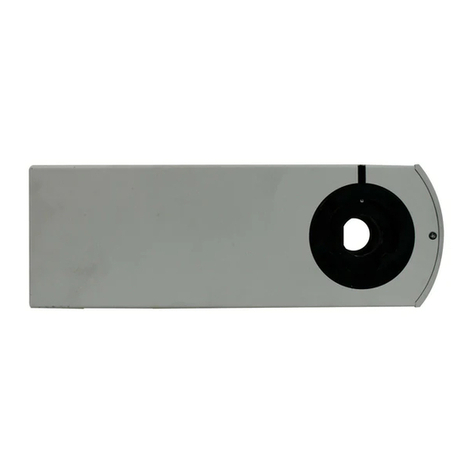Olympus U-UCD8A User manual
Other Olympus Laboratory Equipment manuals

Olympus
Olympus SZX-RFL2 User manual
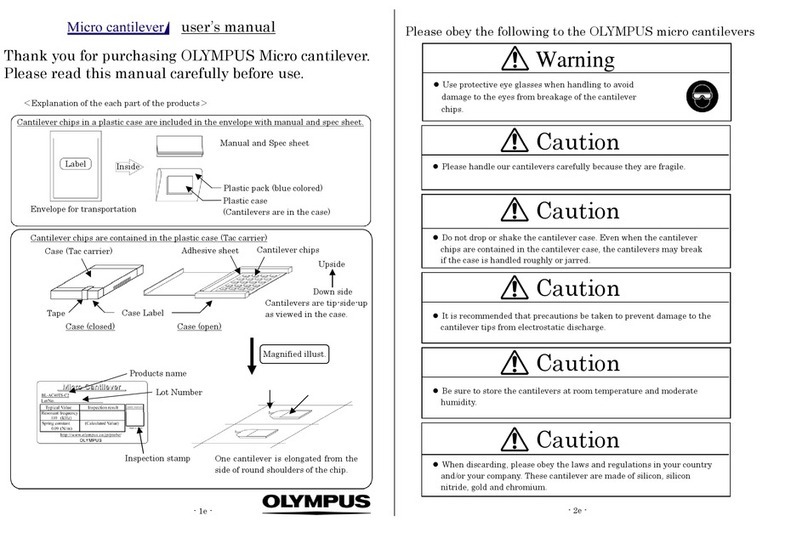
Olympus
Olympus BioLever mini User manual
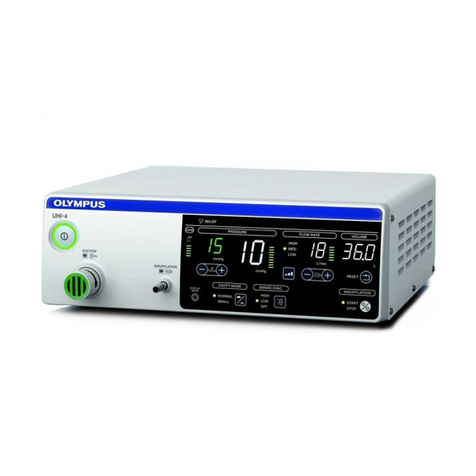
Olympus
Olympus UHI-4 User manual
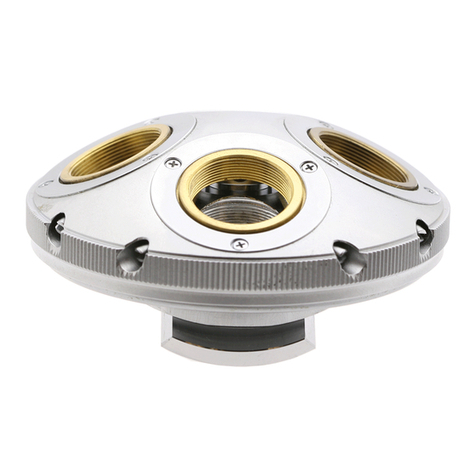
Olympus
Olympus BH-NRE User manual

Olympus
Olympus SZX2-ILR66 User manual

Olympus
Olympus U-RFLT50 User manual
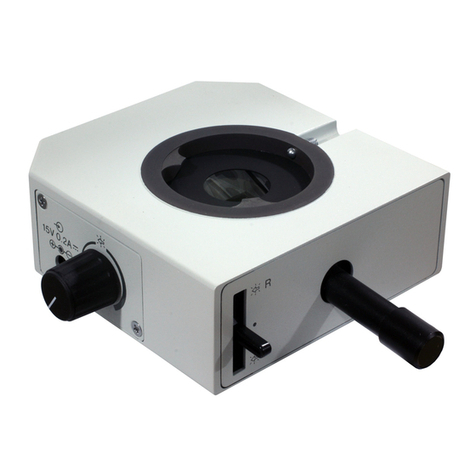
Olympus
Olympus U-APT User manual
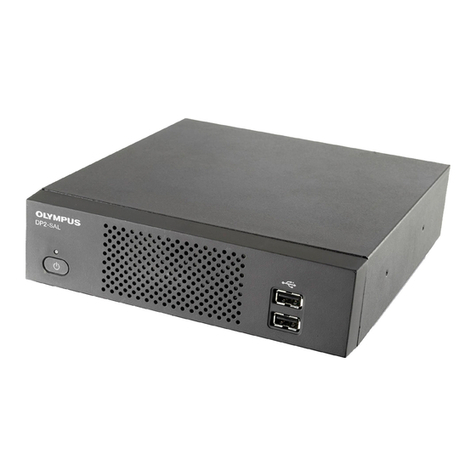
Olympus
Olympus DP2-SAL User manual

Olympus
Olympus OMCL-TR800PSA User manual
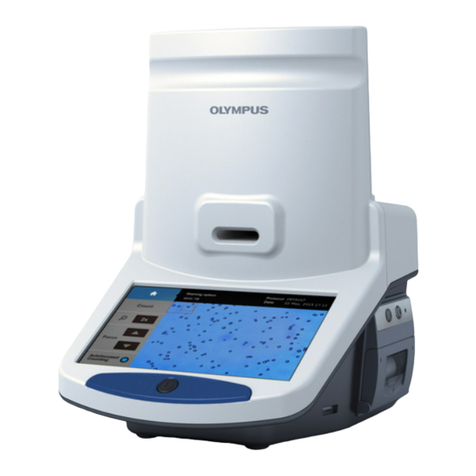
Olympus
Olympus R1 User manual
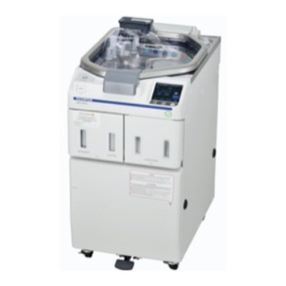
Olympus
Olympus OER-Elite User manual
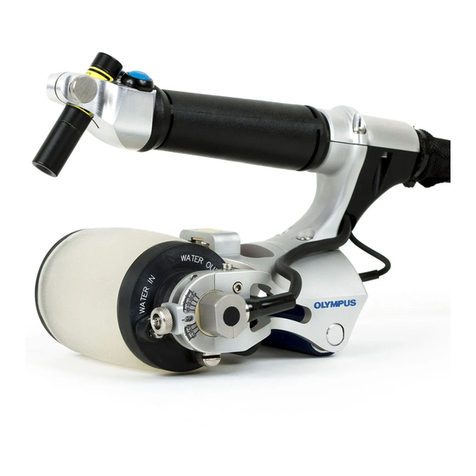
Olympus
Olympus RollerFORM User manual

Olympus
Olympus ENDO-AID User manual
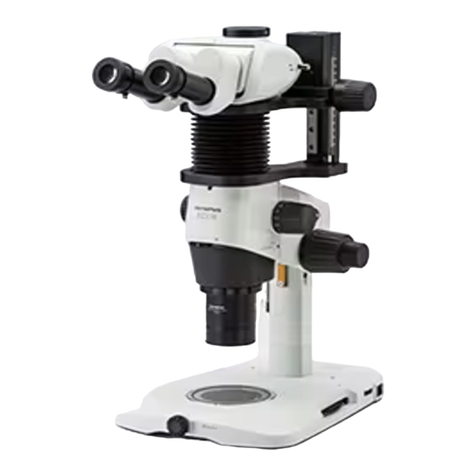
Olympus
Olympus SZX2-EEPA User manual

Olympus
Olympus AL120-6 Series User manual

Olympus
Olympus U-HGLGPS User manual

Olympus
Olympus SZX-SDO2 User manual
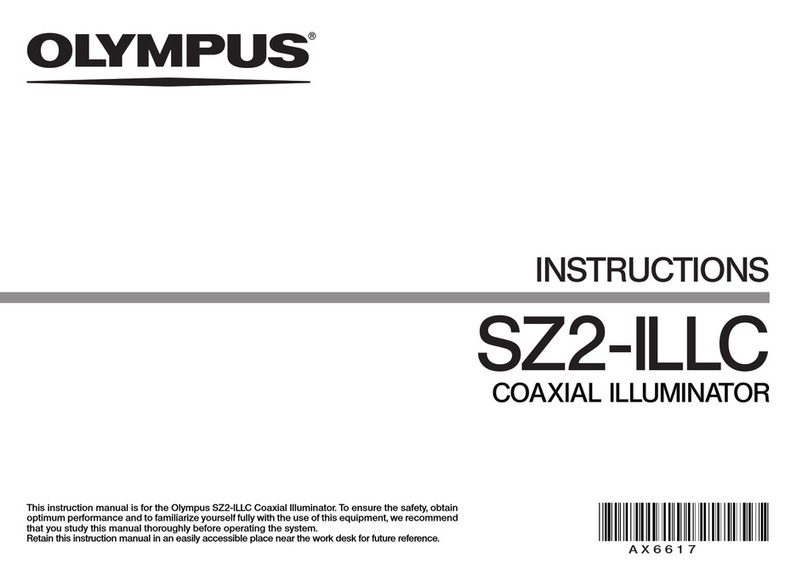
Olympus
Olympus SZ2-ILLC User manual
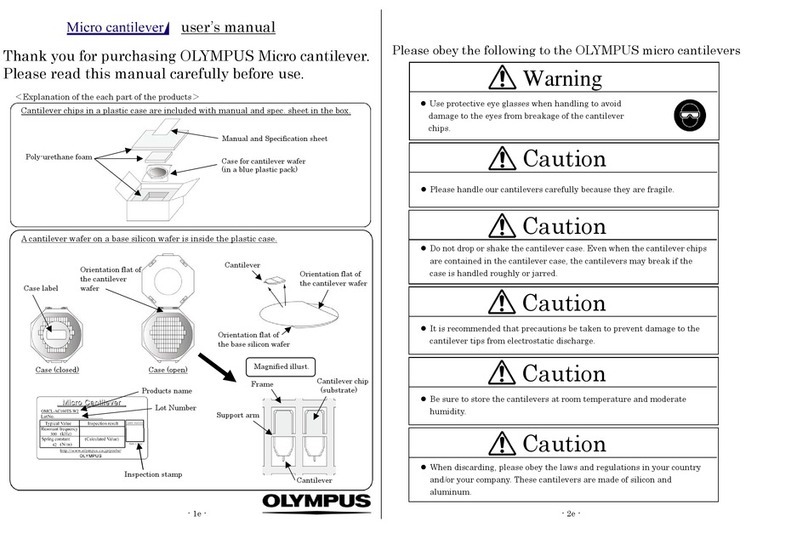
Olympus
Olympus OMCL-AC160TS-W2 User manual
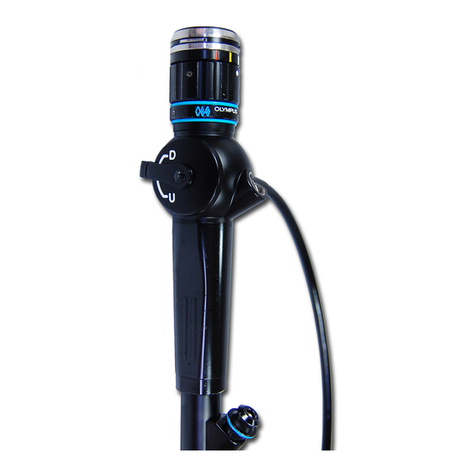
Olympus
Olympus OLYMPUS OSF-3 User manual
Popular Laboratory Equipment manuals by other brands

Belden
Belden HIRSCHMANN RPI-P1-4PoE installation manual

Koehler
Koehler K1223 Series Operation and instruction manual

Globe Scientific
Globe Scientific GCM-12 quick start guide

Getinge
Getinge 86 SERIES Technical manual

CORNING
CORNING Everon 6000 user manual

Biocomp
Biocomp GRADIENT MASTER 108 operating manual



